Nom Living's Rustic Collection makes a journey from rural Cambodia, through the artisan's workshop and finally to our London store, and tells a story of nature, tradition, skill and beauty.
Our range of table and kitchenware has been created from a natural raw material, formed by artists possessing immense talent and glazed in colours extracted from the earth.
Step One: Preparation of the Clay
Every year up to 20 tons of natural clay is transported to the workshop from Kampong Soum province in Cambodia.
The clay is transferred into vats or large traditional pots filled with water. This allows all the sediment, such as leaves and stones, to sink and settle at the bottom of the vase.
The cleansed clay is then wrapped in cloth bags and hung, to allow the water to drain naturally. When needed, the clay is then removed from the bag and further dried under the sun.
Step Two: Moulding the clay
Three different types of clay are kneaded together to create a mix that has the correct concentration and consistency for shaping.
The clay mix is then moulded by hand or thrown by the artisan on a potters wheel to our design.
Step Three: Biscuit
The shaped clay is then left to dry, in preparation for it's first firing.
Once ready these are placed into a low temperature Wood Burning Kiln. When the temperature reaches 800 degrees C, the kiln is sealed with bricks to maintain this temperature. The moulded clay is then fired for up to 12 hours, this is called biscuit firing.
Step Four: Glazing
Our natural glazes are obtained from mountain stones and charcoal ash. This is ground into a fine powder, then filtered with water for 4 weeks, to remove any sediment or acidity.
Once ready, the powders are mixed together along with water in varying amounts, to create the differing shades.
The biscuit fired pottery is then dipped into the glaze and left to dry for four hours. For a more intense colour depth or darker tones, these can be dipped into the glaze several times.
Step Five: Final Firing
The dipped pottery will then be placed into a gas fired kiln, at extreme high temperatures of up to 1200 degrees C, for a further 12 hours.
The melted glaze will have reacted to the clay, to create a unique effect.
After the firing, the pottery would be left in the kiln to cool for a further 12 hours.
The twice fired clay has now reduced in size by almost 25%, requiring the artisan to maintain a high level of planning and accuracy during the entire process.
Each item in our Rustic Ceramic Collection will have unique differences that tells a story of how it was made.

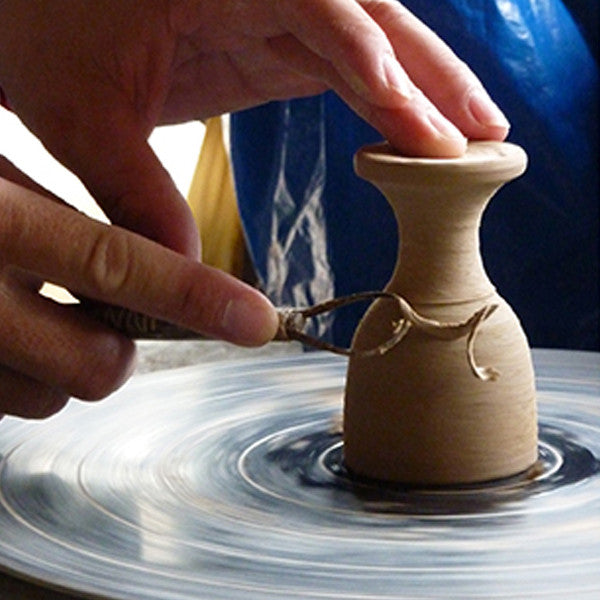

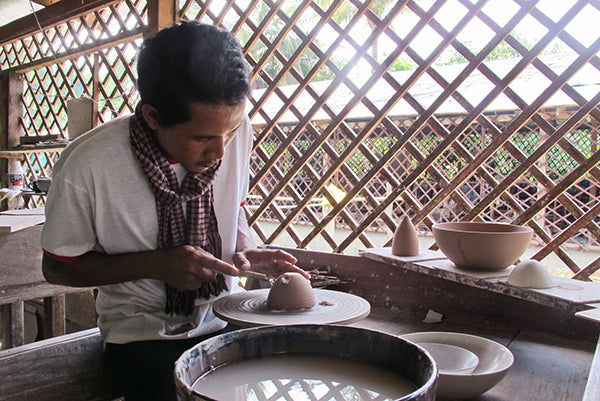
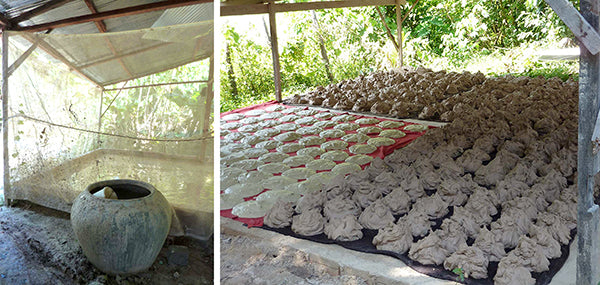

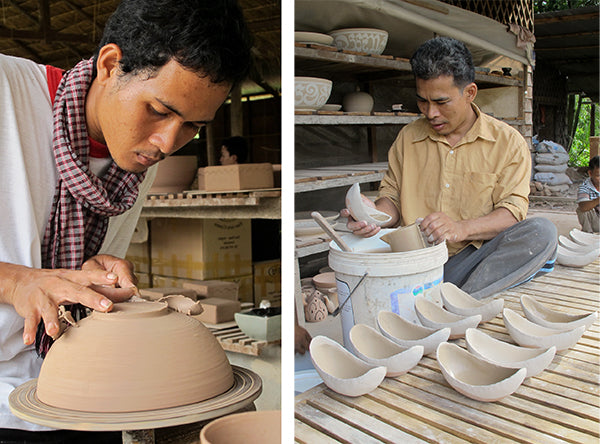

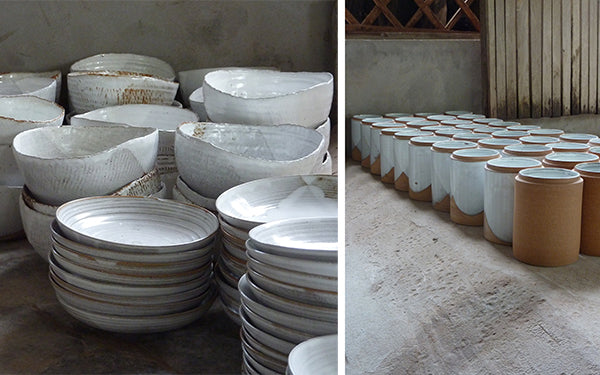

0 comments